

Discover more from AutoMarketplace
🔒⚫ Uber NYC Lockouts Have Arrived
Uber emailed its NYC TLC drivers, ahead of March 2024 utilization rate (UR) data, implying it will be forced to "lockout" drivers if it's subject to industrywide UR vs. standalone UR. We explain.
Uber sent out email distribution to NYC TLC drivers warning of “lockouts”, including limiting dispatches to vehicles not affiliated with Uber or Lyft’s NYC bases (“HVFHS”)
Uber wants NYC TLC drivers to send message to TLC with pre-filled, but editable, subject line that reads “Revise rules, hold Lyft accountable”
Uber’s demand to be judged on a standalone UR seems reasonable, but there are major consequences, including causing Lyft to lose a lot of its NYC market share and/or the rise of “Uber-only” or “Lyft-only” NYC drivers
March 2024 utilization rate (UR) figures have not been published by TLC, but should be available in coming days
🚨 NYC TLC drivers who work mostly on the Uber and Lyft apps, if your vehicle is not affiliated with either Uber or Lyft’s HVFHS base, we would apply for a base transfer immediately 🚨 (*our opinion*)
This is a developing story, which we will speak about in further detail after March 2024 UR data is published by TLC
Uber just sent many of its active NYC TLC drivers the following email:
Searchable text of Uber NYC driver email sent on May 16, 2024 at ~5pm
From: Uber <noreply@uber.com>
Date: Thu, May 16, 2024, 5:05 PM
Subject: Important updates to access in NYC
Learn how TLC regulations impact you
Dear […],
The Taxi & Limousine Commission (TLC) regulates drivers’ utilization, meaning the amount of time drivers spend on a trip as a share of their total time online. The busier drivers are, the more they are utilized.
Every year, the TLC sets a minimum utilization rate, but it's calculated industry-wide — so Uber and Lyft’s rates are combined together. Even though Uber's utilization rate is on track to be above the minimum TLC regulations, Lyft’s rate is over 5 percentage points lower.
Earlier this year, we paused giving new drivers access to Uber, but Lyft’s inability to keep drivers busy means we have to do more to make up for their shortfall.
What’s to come?
Platform access: There may be changes to your ability to go online in certain areas and during certain times of day.
Additional waitlists: Drivers without trip activity over a period of time may be added to a waitlist and unable to go online.
Incentives: Drivers may see changes to incentives.
Non-HVFHS base vehicle waitlist: We may need to stop sending ride requests to certain vehicles unless they are affiliated with a HVFHS (High-Volume For-Hire Services) Base.
What can you do?
If you want to maintain existing flexibility as a NYC FHV driver, this is your opportunity to let the TLC know the effect their rules have had on your ability to earn where and when you want. Click below to send them a message.
Tell the TLC to revise their rules.
Article continues after advertisement
What Does This Mean?
Uber is finally doing what has been fairly predictable for several months now - the company is warning its NYC TLC driver base that it might need to limit access (“lockouts”) to its NYC drivers app because of TLC’s utilization rate (UR) rules!
As we’ve been covering, Uber and Lyft utilization rates (UR), or how busy a NYC TLC driver is kept while logged into an app(s), has been dangerously below the 53% UR floor required by the TLC minimum pay formula. In fact, Lyft’s UR is 45.5% (👀) year-to-date to February, although an industrywide (Uber + Lyft) UR metric is used.
“Remember, industrywide UR is measured on a calendar year (January to December) basis, so there might be some months that can drag the average lower, but are offset by other months that are busier. A 😓 49.7% industrywide UR still seems dangerously below the 53% UR floor included in the TLC’s minimum driver pay formula. A sub-53% calendar year UR would be disastrous for both Uber and Lyft NYC operations.
To be simple, Uber and Lyft could be forced to “lockout”, or restrict the ability for active NYC TLC drivers to access their driver apps 24/7, if the companies observe they cannot comfortably sustain above a 53% industrywide UR. There are already early warning signs with reports of TLC drivers waiting more than 5 months (if not longer) to get off the NYC rideshare app waitlists.”
- AutoMarketplace (April 18, 2024)
Remember, Uber and Lyft cannot coordinate their dispatching strategy for several reasons from collusion concerns to Lyft perhaps wanting to “free ride” off of Uber’s higher UR, as outlined by Uber executive Josh Gold in March 2023 TLC public hearing testimony.
“I don’t know when a driver is online with Lyft, so I can only guess to [Uber's] utilization rate…[it] also raises some concerns about free rider because one company [“Uber”] may have to hold up the other company’s [“Lyft”] utilization rate.”
- Josh Gold, Senior Director of Public Policy & Communications at Uber (March 2023)
In today’s NYC driver email sent by Uber, the company is basically blaming Lyft for dragging the industrywide UR metric down. Uber executives have described this as the “free rider” problem, where Uber’s UR compliance is being compromised by Lyft’s inability to keep their NYC drivers as busy as Uber. Currently, only Uber and Lyft have HVFHS base licenses in NYC, or ridehailing platforms that dispatch more than 10,000 average daily trips. To reiterate, UR metrics combine all HVFHS bases UR stats to come up with an industrywide vs. standalone figure.
Uber, understandably, wants the rules changed. We assume, based on the company’s communications with its NYC TLC driver base, it wants to be judged on a standalone UR basis. In its driver email it’s included a link to a pre-filled, but editable, email subject line “Revise rules, hold Lyft accountable” above a blank message space that drivers can fill out and easily send to the TLC (see below).
Fair Point, But BEWARE!
We empathize with Uber’s complaint re. the use of a industrywide UR metric and in fact recently called for the TLC to eliminate the UR metric altogether. Instead, we believe the TLC should focus on strictly capping for-hire vehicle supply (TLC-plated vehicles) and even potentially consider limiting the issuance of NYC TLC commercial driver licenses.
“Get rid of UR, enforce the TLC Plate Cap and perhaps even consider a TLC Drivers License cap. It is time for the TLC to be proactive, not reactive. We want the TLC to be successful or it will lose credibility.”
- AutoMarketplace (May 7, 2024)
Our warning to NYC TLC drivers, is if Uber is judged on a standalone UR basis two things will likely happen (*our opinion*):
UBER KILLS LYFT: Uber’s much larger trip market share in NYC (~75% (Uber) vs. ~25% (Lyft)), will likely result in previously “dual-app” TLC drivers choosing to be online with Uber more. In a standalone UR world, Lyft will be forced to launch much stricter NYC driver lockouts, to increase its UR (i.e., Lyft is not benefiting from Uber’s higher UR). This will create a “doom loop” for Lyft, where Lyft NYC driver supply declines, passenger wait times go up, passengers then increasingly prefer Uber, Uber gets more trips, drivers are more attracted to Uber, etc. etc. Uber finally kills Lyft in NYC. 😵 Death by UR.
UBER-ONLY, LYFT-ONLY NYC DRIVERS: If Lyft is judged on a standalone UR basis, it will need to launch stricter driver lockouts to increase its UR. This also might cause Lyft to send more trips to a smaller subgroup of “Lyft-only” drivers who will basically only work for Lyft, earn more and will be incentivized to abandon Uber. Again, given Uber’s much larger share, Uber again likely comes out ahead and increases their relative NYC trip market share.
It should be noted, the current UR status quo remaining will also likely result in UBER-ONLY, LYFT-ONLY NYC DRIVERS. Driver lockouts are usually based on how busy you are with one app, so drivers will likely choose to go “all-in” with one app vs. the other.
We believe NYC TLC drivers should make it clear that they would like to eliminate the use of UR altogether. Rather, protect wages via enforcing a strict for-hire vehicle supply cap (and perhaps TLC driver license cap). It’s sort of the reason why the…wait for it…taxi medallion system in 1937 and TLC Plate Cap in 2018…were established in the first place!!! 🤔
This is a a developing story and we’ll write more about our thoughts when the TLC publishes March 2024 UR figures in the coming days. This is a very important development in the NYC TLC market. All drivers, fleets and industry participants, including the taxi medallion sector, should follow this story very closely.





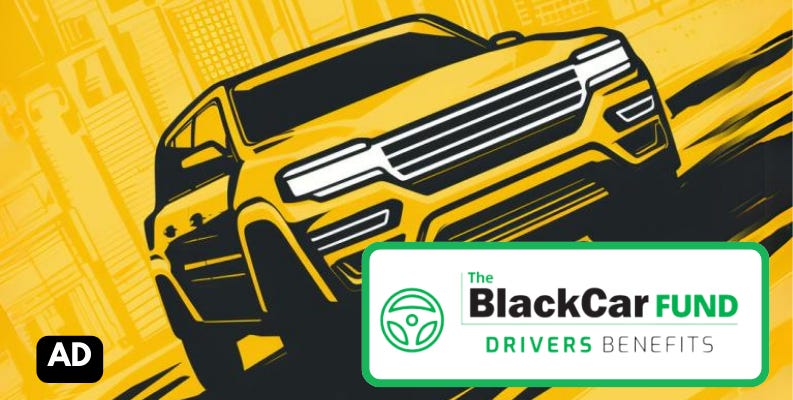
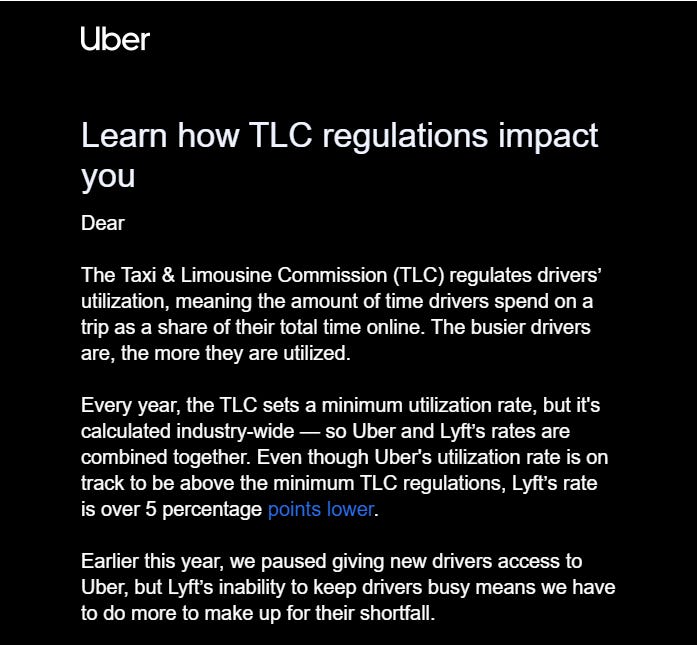
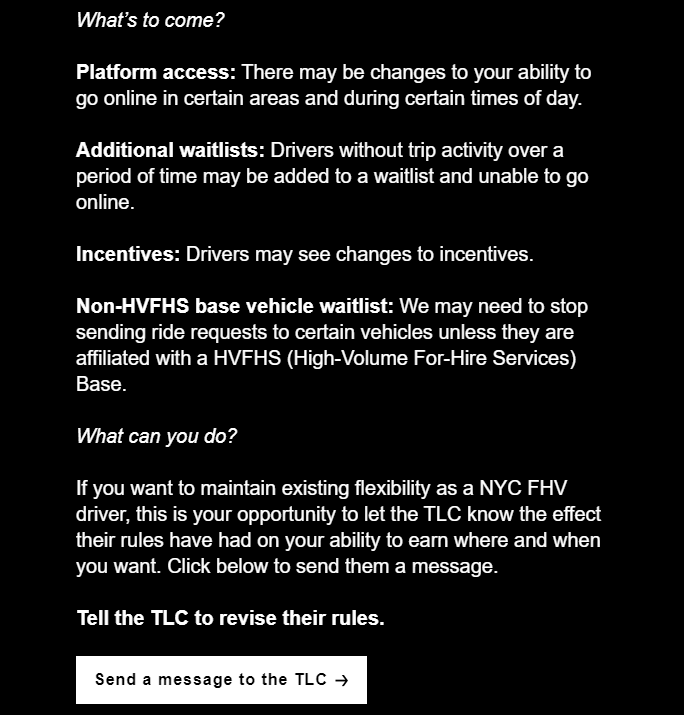
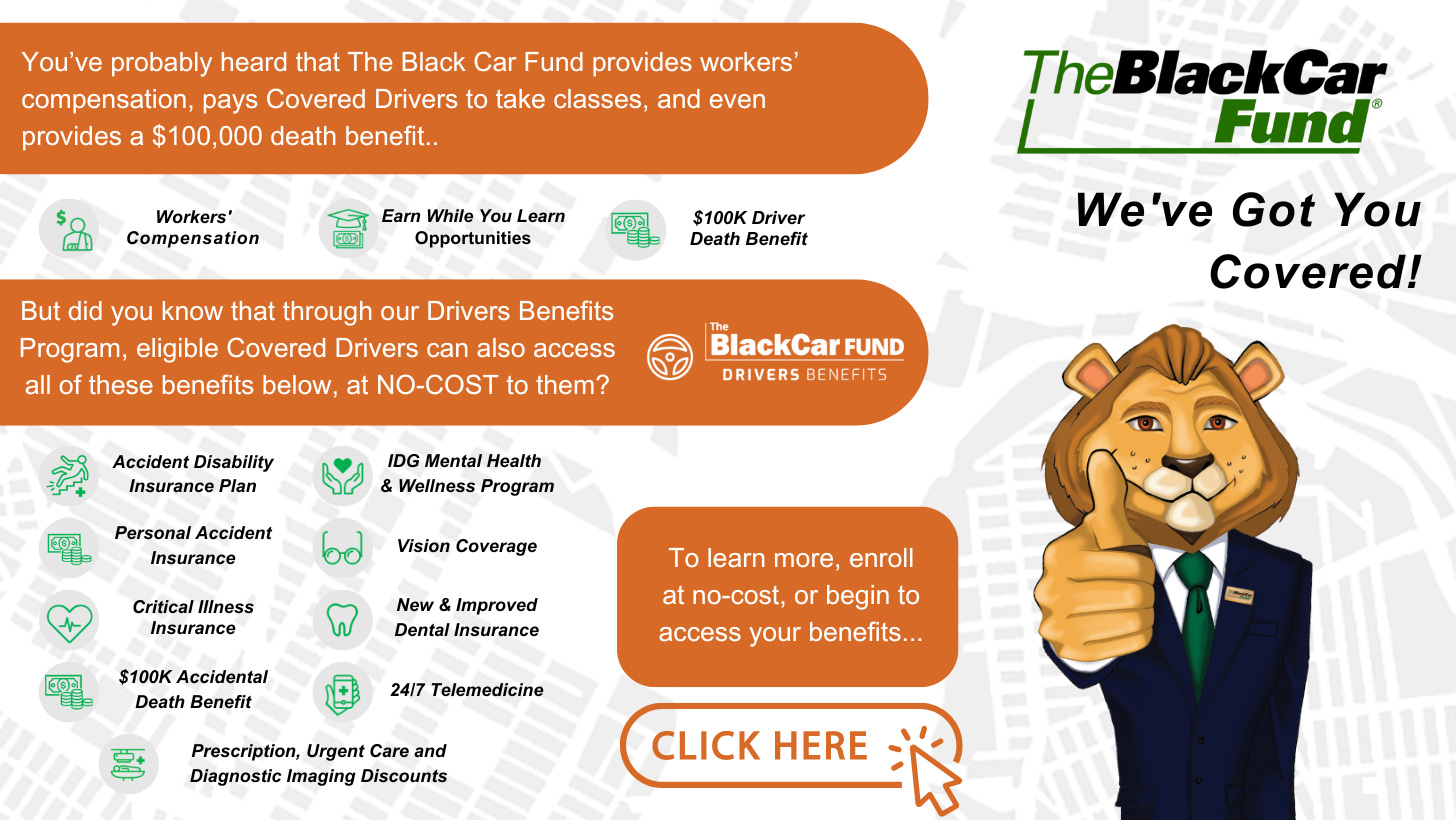
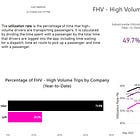
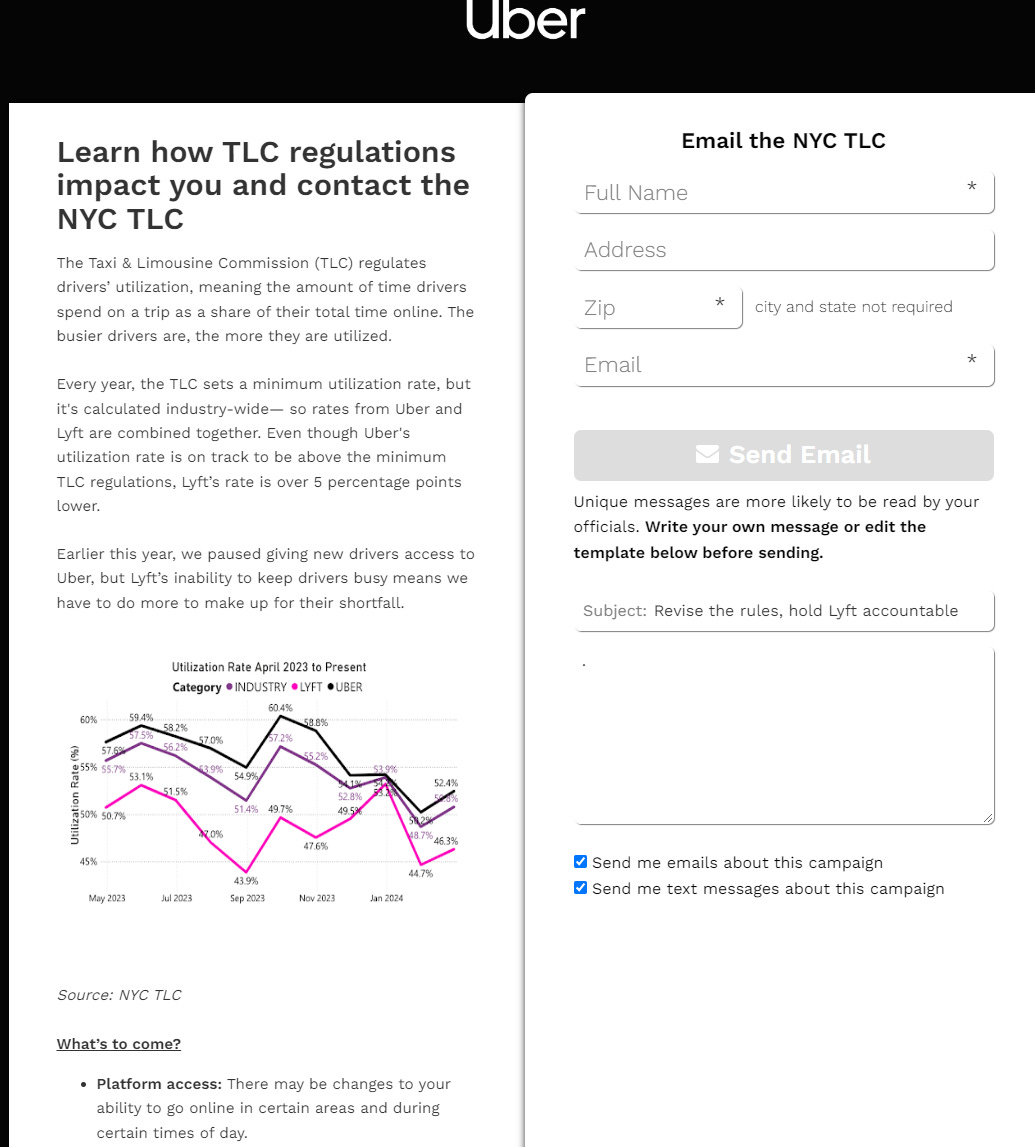
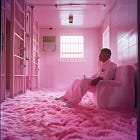


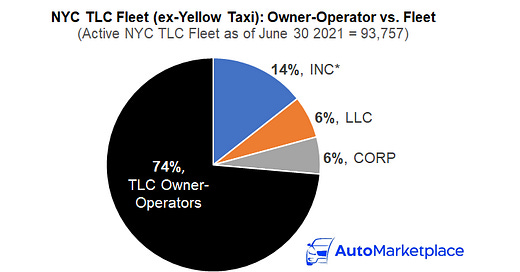



What I want to know is why can’t the TLC prohibit lock outs given that this is a method to manipulate the UR?
I think the Utilization Rate is a good thing for this industry since it literally gives insight into how busy the drivers are on the platform.
What the TLC needs to do is to control the number of TLC licenses they issue out. Those should be based on projected demand or calculations from the Utilization Rate.
Also TLC needs to do more to stop illegal taxis, there so many of them all over the city. This is impacting legal TLC earnings.
While controlling vehicle supply sounds like a solution, it also creates other problems. It's true driver's income will go up but so also will the cost of operation especially for those that are renting vehicles.
Controlling the vehicle supply will essentially turn the TLC plate into a medallion which is not a good idea based on the yellow cab experience to the point medallions were going for a million dollars.
Even regular FHV TLC plates were being sold under LLC at 35K cash (no payment plan or financing) I wonder how many Uber/Lyft drivers have $35K cash sitting in the bank accounts for no reason.